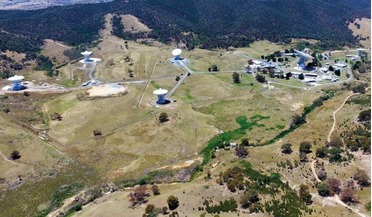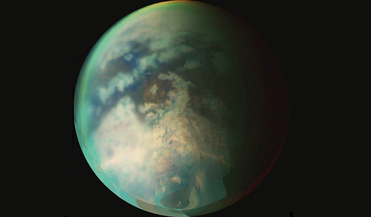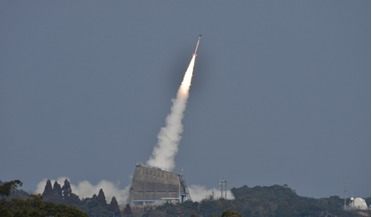 December 2014
Asteroid Redirect Mission: preparing for Mars in deep space
December 2014
Asteroid Redirect Mission: preparing for Mars in deep space
...robotic spacecraft to demonstrate early human exploration capabilities. The 25-28 day mission will use longer-duration operations in deep space than ever before and will allow NASA to test capabilities including life support, extra-vehicular activity...
 September 2017
Australia’s unique space history
September 2017
Australia’s unique space history
... second generation of tracking stations in Australia, with three stations established south of the city - Tidbinbilla (for the Deep Space Network), Orroral Valley (for the Satellite Tracking and Data Acquisition Network station) and Honeysuckle Creek...
 June 2020
Titan’s evolving atmosphere
June 2020
Titan’s evolving atmosphere
... from ground-based telescopes, Earth-orbiting observatories and deep space missions, such as those returned by the Cassini...bodies and of exoplanets. She is Chair of the European Space Sciences Committee, of the COSPAR Panel on Planetary Protection and...
 February 2022
Nutritional issues on interplanetary spaceflights
February 2022
Nutritional issues on interplanetary spaceflights
... unfavourable factors during missions to the Moon and deep space. Since the 1960s, Russian specialists have been ...nutrition for projects involving lunar colonisation and flights into deep space, we need to develop the necessary technical equipment and...
 08 May 2019
Tests start on first design of 'wafer scale' spacecraft
08 May 2019
Tests start on first design of 'wafer scale' spacecraft
..., this is not the end for this blossoming box technology that is just beginning to see its debut in deep space missions. Once perfected, these wafercrafts could then be mass manufactured at an incredibly low cost and packed into...
 28 July 2021
Japan successfully tests rocket engine propelled by shock waves
28 July 2021
Japan successfully tests rocket engine propelled by shock waves
... waves produced by burning a mixture of methane and oxygen gases, the country’s space agency said Tuesday. Known officially as a pulse detonation engine (PDE), it was... operate for extended periods of time for use on deep-space exploration missions.